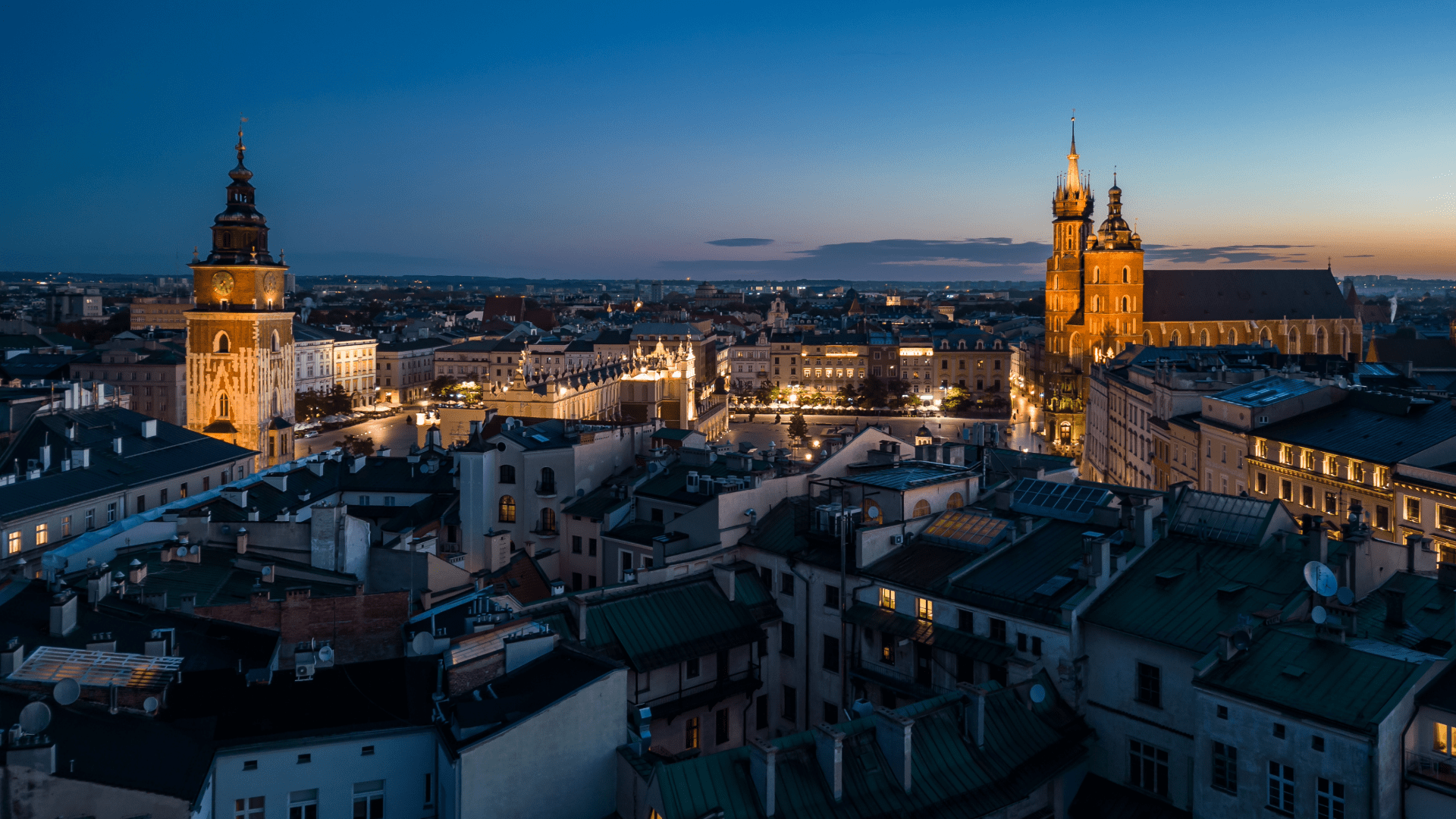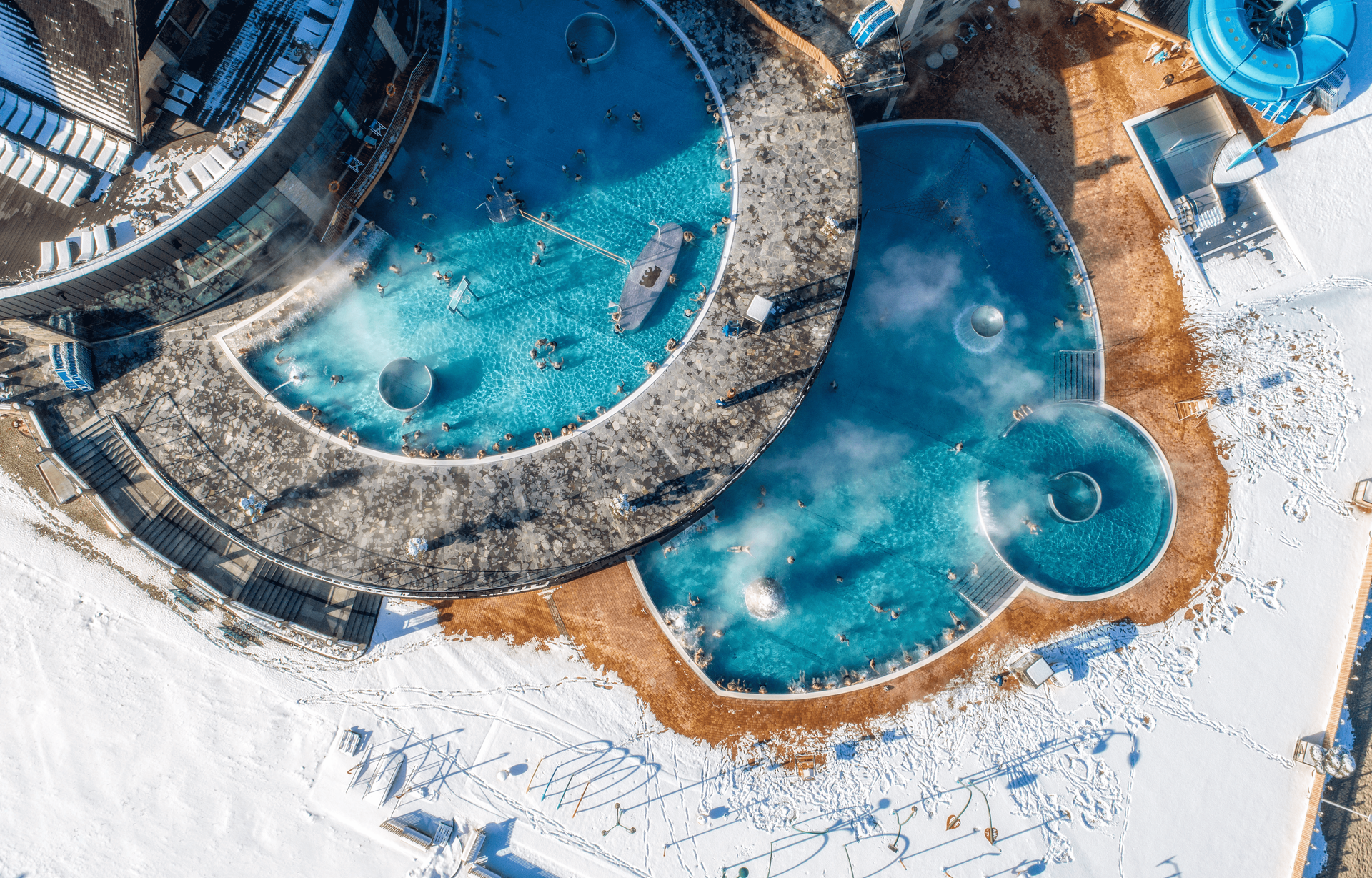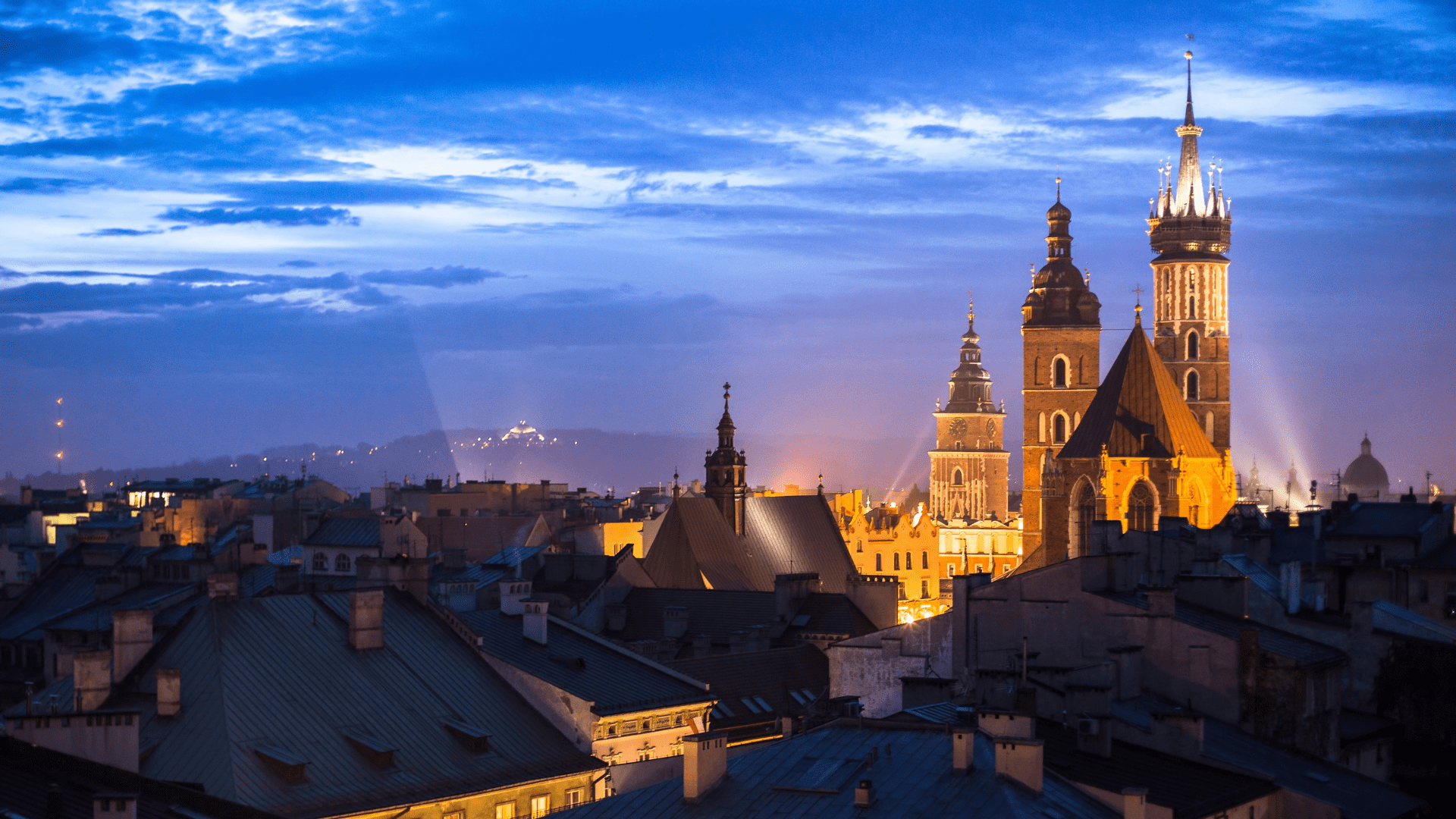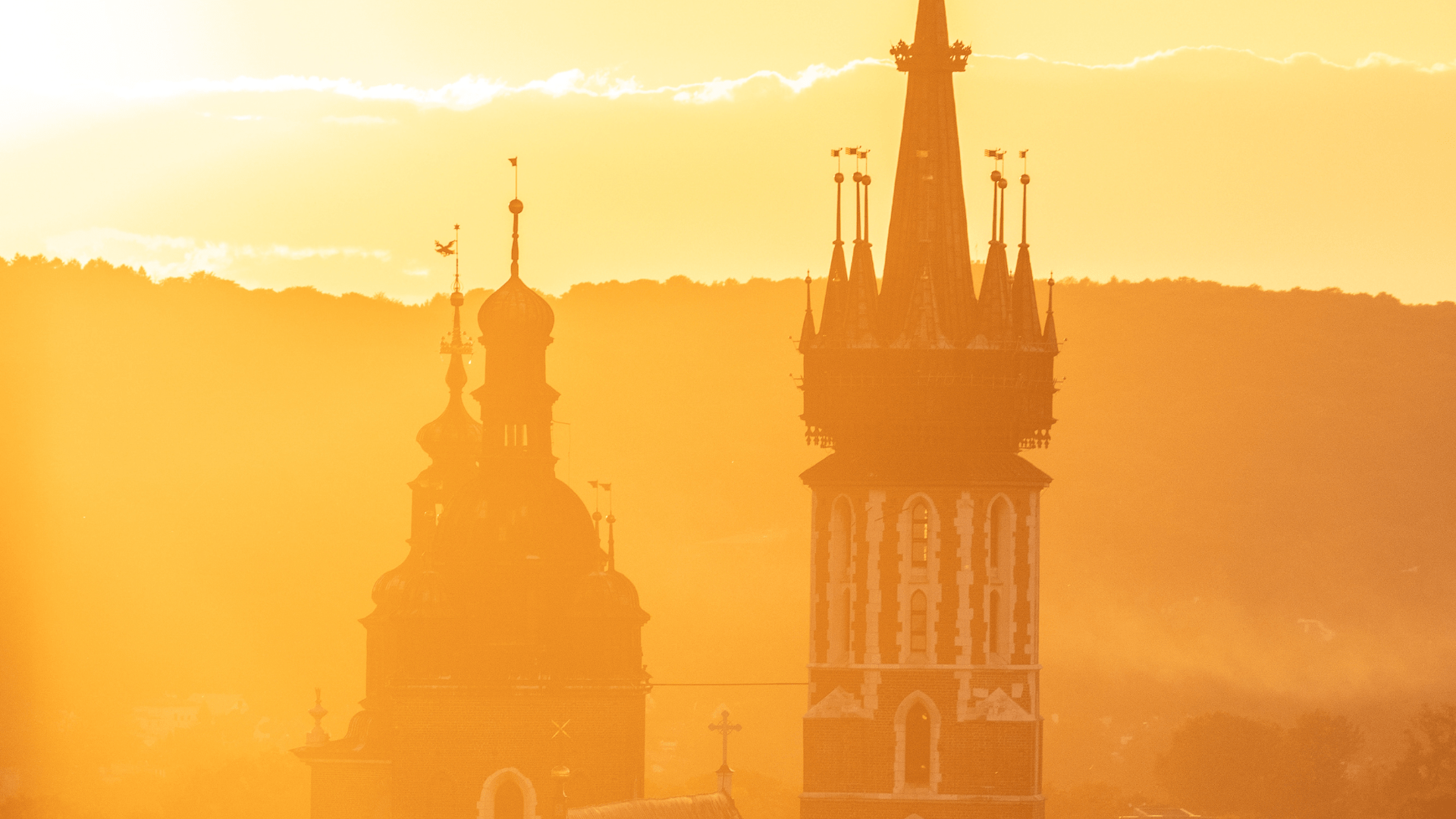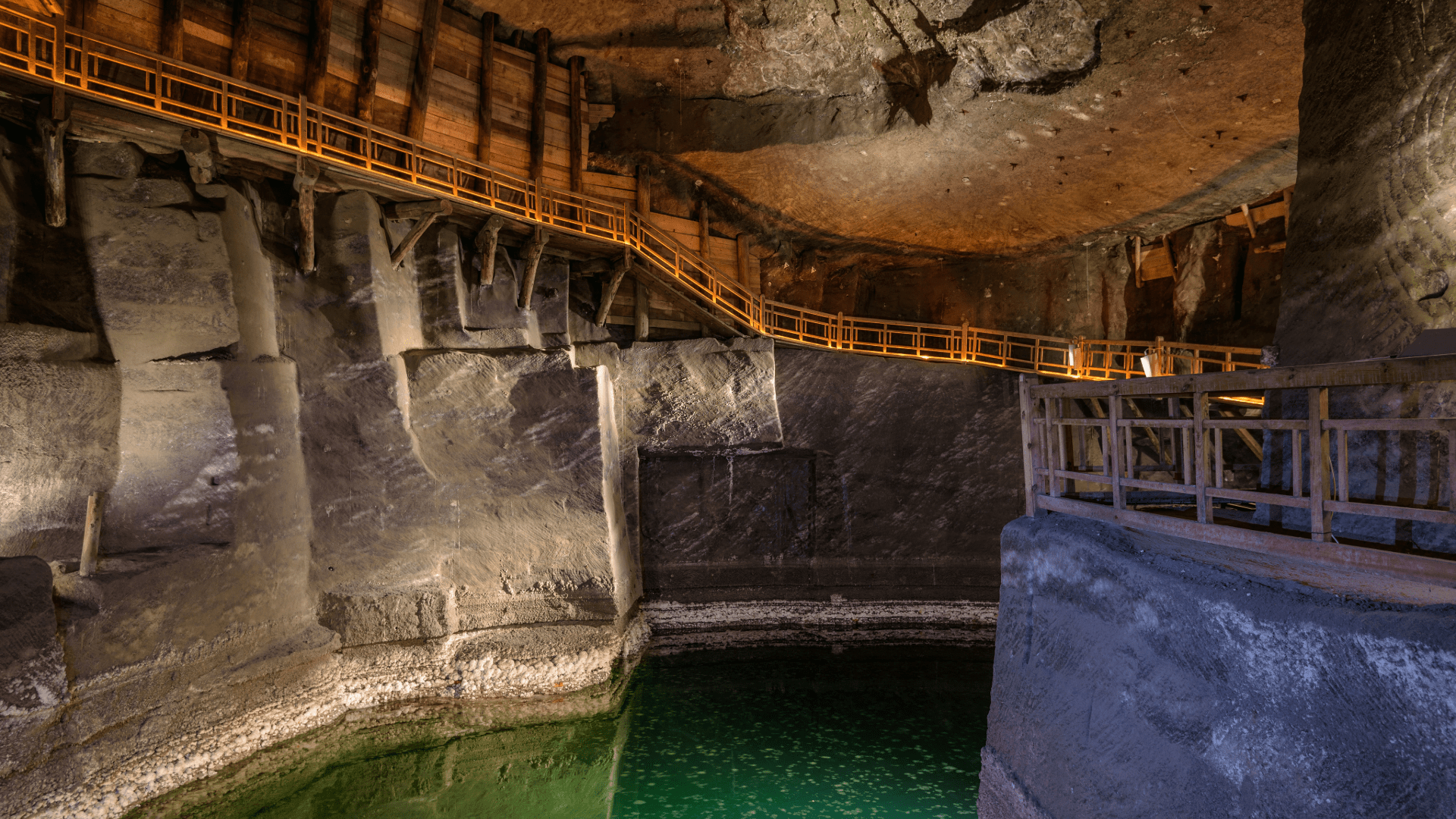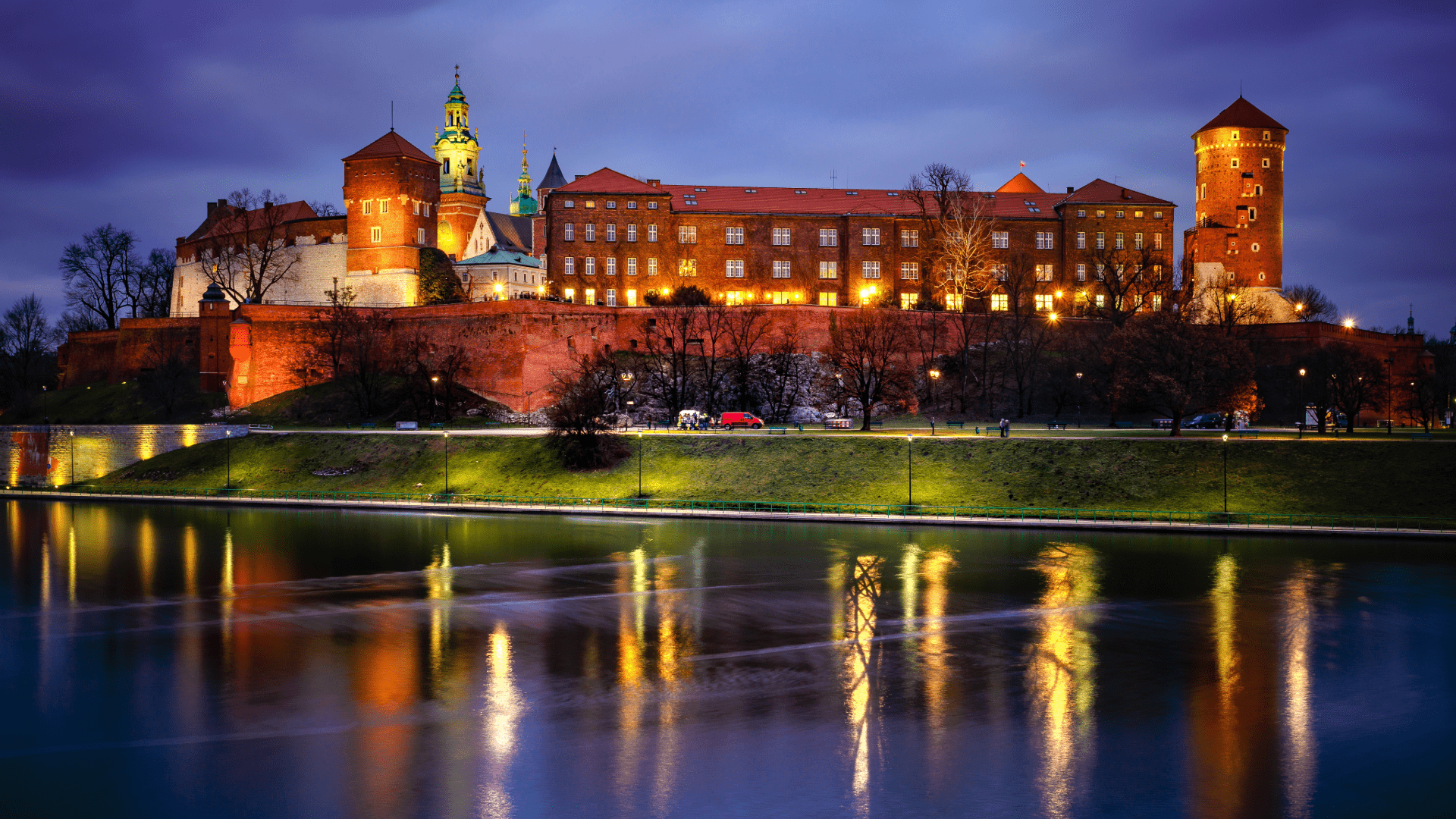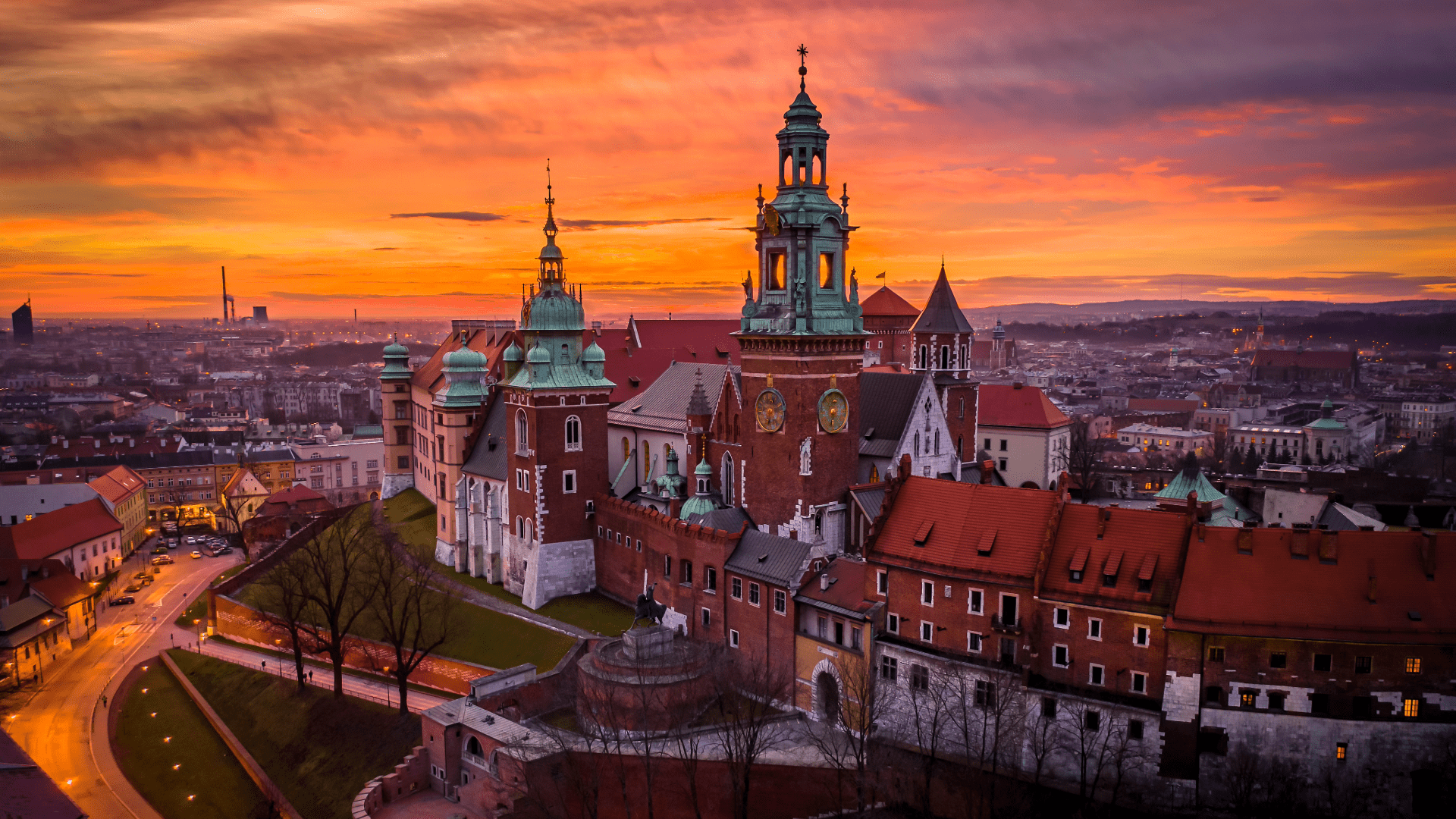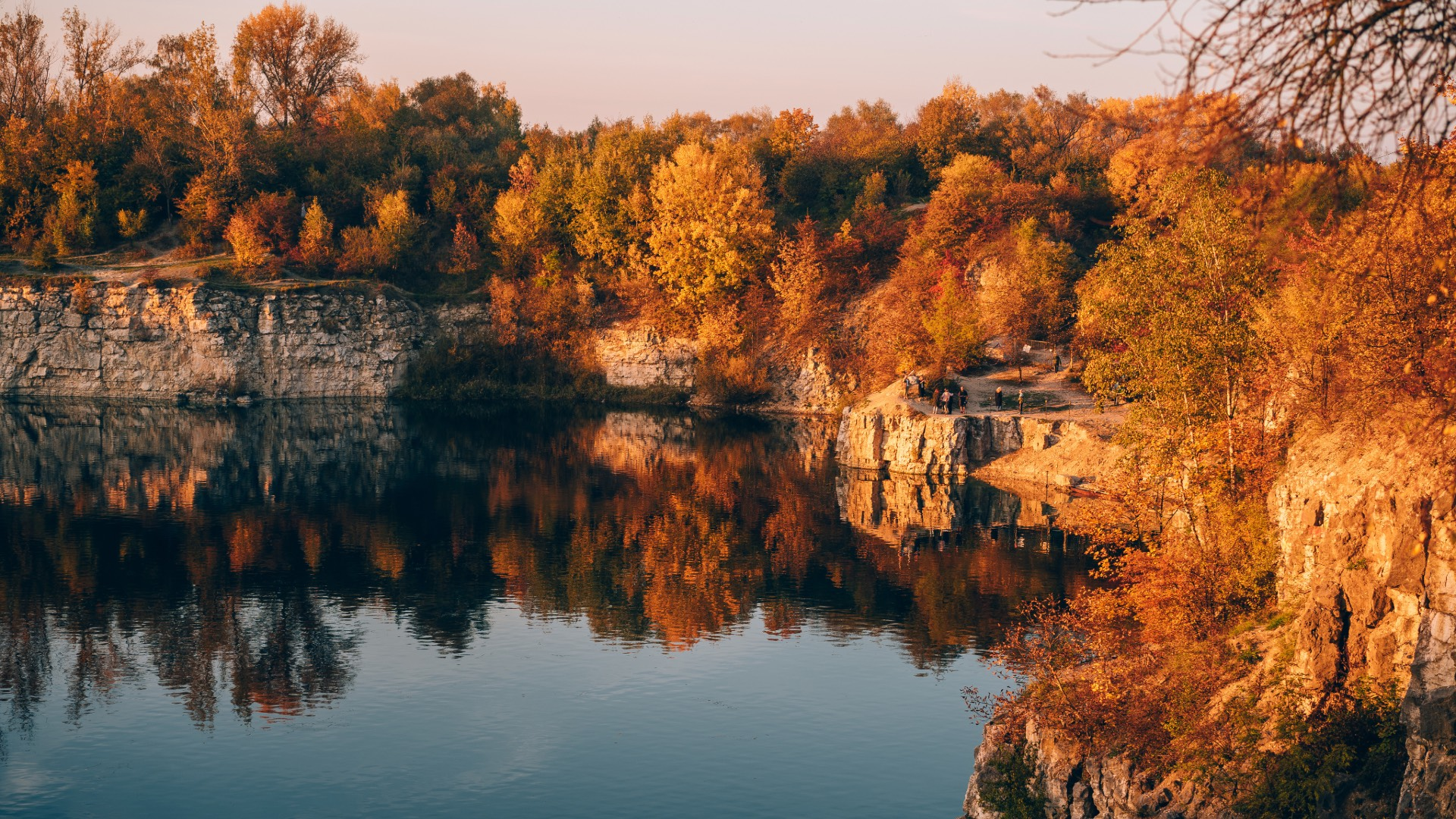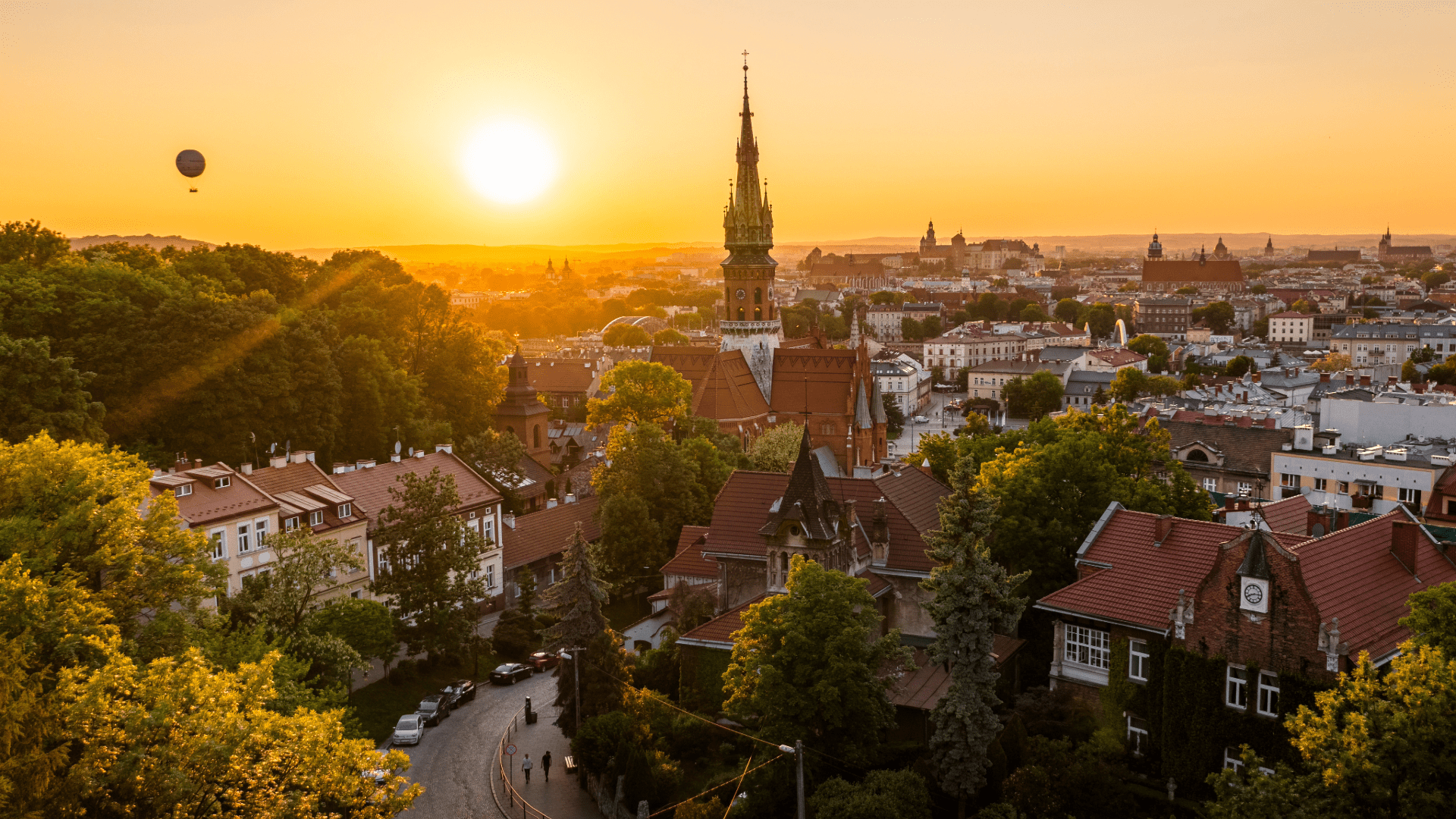Independence Day: November 11th
For international visitors, November 11th in Poland is far more than a public holiday. It is a day when the entire country unites to celebrate freedom and Poland's return to the European map. In 1918, after 123 years of partitions, Poland finally regained its sovereignty and restored its voice among European nations. For more than a century, the country had been divided between three powers: Russia, Prussia, and Austria-Hungary.
Yet Poland survived in the hearts of its people. Families taught the language in secret, teachers ran underground schools, and poets turned their verses into quiet acts of defiance. Preserving the Polish language, art, and traditions became an everyday struggle and a powerful expression of hope. This long resistance forged a sense of unity that remains at the core of Polish identity today.
That is why Independence Day is not only a joyful occasion but also a deeply emotional one. It is a time to honor the generations who refused to let their nation fade away. Across Poland, red-and-white flags fill the streets, patriotic songs echo through cities, and people gather to remember how much was sacrificed for freedom.
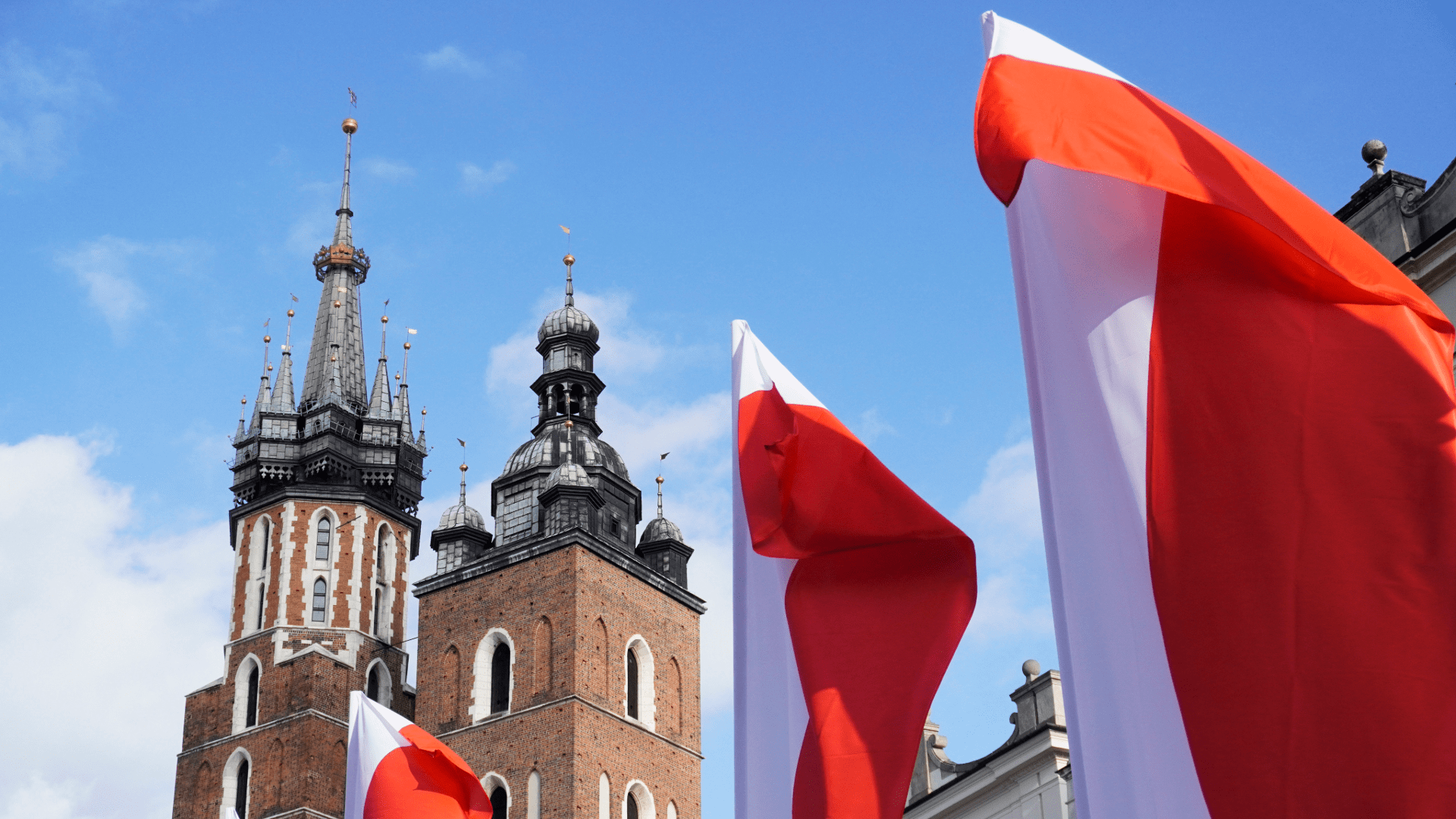
Historical Foundation
The Long Silence: 123 Years and the Role of Galicia
The 123 years during which Poland vanished from political maps left a deep mark on the national spirit. The country's rebirth in 1918 became possible only after the collapse of all three occupying empires: Russia, Austria-Hungary, and Germany, at the end of World War I. Among the former partitions, Krakow stood out as part of the Austro-Hungarian region of Galicia, which allowed more political and cultural freedom. Unlike the harsh rule in the Russian and German zones, life in Galicia encouraged open discussion, education, and national organization.
This atmosphere made Kraków a crucial center for preparing the fight for independence. It was here that the first organized military efforts began to take shape. Historical accounts show that the First Cadre Company (the unit that grew into the legendary Polish Legions) was formed in Kraków. In 1914, they marched out from the city to fight for a free Poland. This moment marked the beginning of the nation's military rebirth and forever linked Kraków to the story of independence.
The Local Power Shift in November 1918
The restoration of the Polish state was a gradual process, yet Krakow took an early and decisive lead. When Marshal Jozef Pilsudski returned to Warsaw on November 10th, 1918, he became Commander-in-Chief the next day. But in Krakow, the restoration of Polish civilian authority had already begun. The city’s transition from Austrian to Polish control happened quickly and without violence. In late 1918, the Polish Liquidation Committee peacefully assumed full power, marking the official end of Austrian rule.
This smooth handover stood in stark contrast to the more chaotic changes that followed in other parts of the former partitions. Krakow’s orderly return to Polish governance made it one of the first major cities to regain self-rule. It became both a symbol and a practical center of the reborn state. This efficiency reinforced Krakow’s reputation as a place of political leadership and civic readiness, qualities that shaped its role in the new Poland.
Commemorating the Architect: Pilsudski’s Mound
Krakow continues to honor its historic role and the man who shaped its independence through the impressive Pilsudski Mound. Standing atop Sowiniec Hill in the Lasek Wolski forest, this monumental structure was built between 1934 and 1937. It commemorates Marshal Jozef Pilsudski, the recovery of Polish independence, and the defense of freedom throughout the turbulent 20th century. The site remains one of Krakow's most powerful national landmarks, blending remembrance, symbolism, and scenic beauty.
The mound carries deep meaning for Poles. Often called the "Grave of the Graves," it contains soil from dozens of historic battlefields and sites of martyrdom. The collected earth comes from uprisings of the 19th century, both World Wars, and places tied to Communist-era suffering. Together, they form a physical link between the victory of 1918 and centuries of struggle that made independence possible. Each handful of soil represents sacrifice and endurance.
Today, the Pilsudski Mound offers not only reflection but also breathtaking views of the city and its surroundings. It's an ideal spot for families and history enthusiasts, easily reachable through scenic walking paths, including one near the Krakow Zoo.
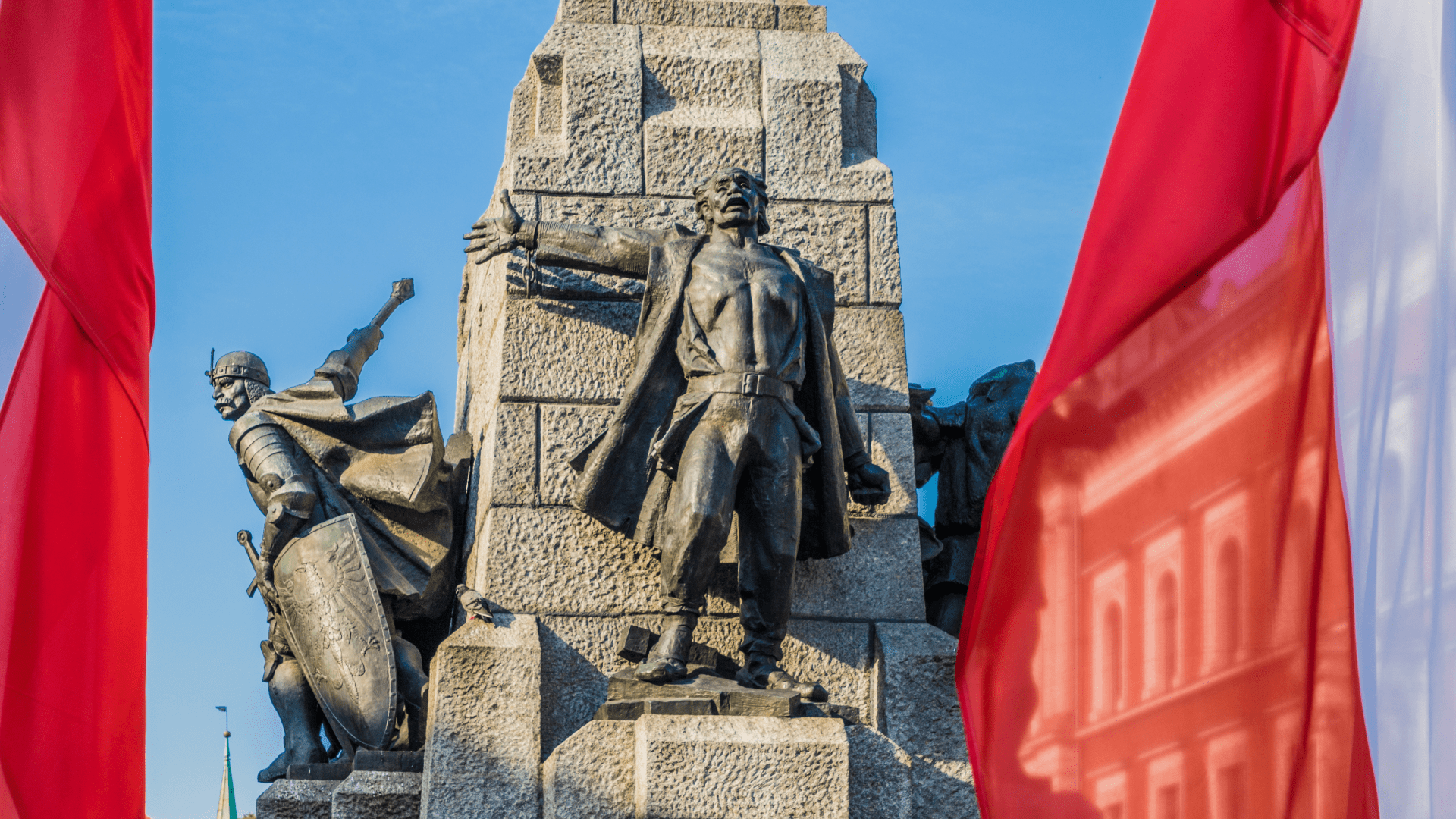
How Krakow Celebrated
The Royal Ceremony at Wawel Hill
The day's solemn celebrations began on Wawel Hill, the ancient seat of Polish kings and a symbol of national pride. Early in the morning, officials gathered to lay flowers at the Monument to the Soldiers of Fighting Poland in Powisle. This quiet tribute honored those who fought for the nation's freedom in times of occupation and war.
Later, the focus shifted to the Wawel Cathedral, where the traditional Independence Day Mass was held. The ceremony, steeped in reverence and tradition, filled the cathedral with hymns and prayers for the nation. After the service, an important moment followed within the crypt beneath the Silver Bell Tower. Flowers were placed on the sarcophagi of Marshal Jozef Pilsudski and President Lech Kaczynski, linking Poland's historic struggle for independence with its modern leadership. This gesture bridged the country's past and present, uniting generations in shared remembrance.
The Patriotic Procession and The Military Display
After the solemn events on Wawel Hill, the day's patriotic procession began. Polish flags were distributed to participants gathered in the cathedral square. Soon after, the colorful crowd descended Wawel Hill and followed the historic Royal Route along Grodzka Street. The procession moved through the Main Market Square, filling Krakow's heart with red and white, before reaching Plac Jana Matejki, the final destination of the march.
The centerpiece of the national celebration unfolded there, at Plac Jana Matejki, home to the Tomb of the Unknown Soldier. The main military ceremony commenced. The Polish flag was raised with full honors, followed by the solemn Call of Remembrance, a 21-Gun Salute, and the ceremonial Guard Change. Each element symbolized the strength and continuity of the restored Polish state, creating a moment of collective pride and reflection.

Cultural Heartbeat: Unique Krakow Traditions
Joyful Independence: The 93rd Singing Lesson
One of Krakow's most distinctive and heartwarming Independence Day traditions is the Joyful Independence Singing Lesson, known locally as Radosna Niepodleglosc. Each year, thousands gather on the Main Market Square to celebrate freedom not through speeches, but through song. The event turns the city's historic center into an open-air concert where music and patriotism blend in a uniquely Krakow way.
The tradition dates back more than nine decades and has become a symbol of the city's creative spirit. It is led by artists from the renowned
Loch Camelot cabaret, one of Krakow's most iconic cultural institutions. Their energy and theatrical flair transform the square into a stage filled with laughter, music, and emotion. Free songbooks are handed out to everyone, inviting both locals and visitors to join in singing Poland's most beloved patriotic tunes.
What makes this gathering special is its inclusiveness. There are no boundaries of age or nationality; anyone can take part. Singing side by side, people rediscover the essence of national unity and the warmth of community that defines Krakow's artistic soul. For travelers, it's a moment that captures the city's spirit better than any monument, living history expressed through music, joy, and togetherness.
Modern Traditions: The Independence Run and City Illuminations
Modern celebrations in Krakow often connect the historical struggle for independence with Poland's contemporary achievements. One notable tradition is the Krakow Independence Run, an 11 km charity race that combines fitness, community, and national pride. More than a sporting event, the run is showing how modern Poles actively honor their inherited freedom while celebrating the country's growth since 1989. Families, friends, and visitors take part, turning the streets into a moving tribute to perseverance and unity.
The city itself becomes a canvas of patriotic expression. Buildings, trams, buses, and streets are decorated in Poland's red-and-white colors, creating a festive and visually striking atmosphere. Landmarks such as Kosciuszko Mound and the Bernatka Footbridge are specially illuminated, highlighting both historic and modern symbols of Krakow. A unique touch is the Patriotic Tram, offering travelers a thematic sightseeing experience while connecting key areas of the city. These visual and participatory elements transform November 11th into a lively, inclusive celebration that blends history, culture, and civic pride in a distinctly Krakow style.
The Culinary Link: Rogal Swietomarcinski
Adding a tasty dimension to November 11th is the culinary tradition connected to St. Martin's Day, which shares the date. The focus is the Rogal Swietomarcinski, a sweet, crescent-shaped pastry filled with white poppy seeds. While this treat is most strongly associated with Poznan, its popularity has spread, and many Krakow bakeries offer it during November.
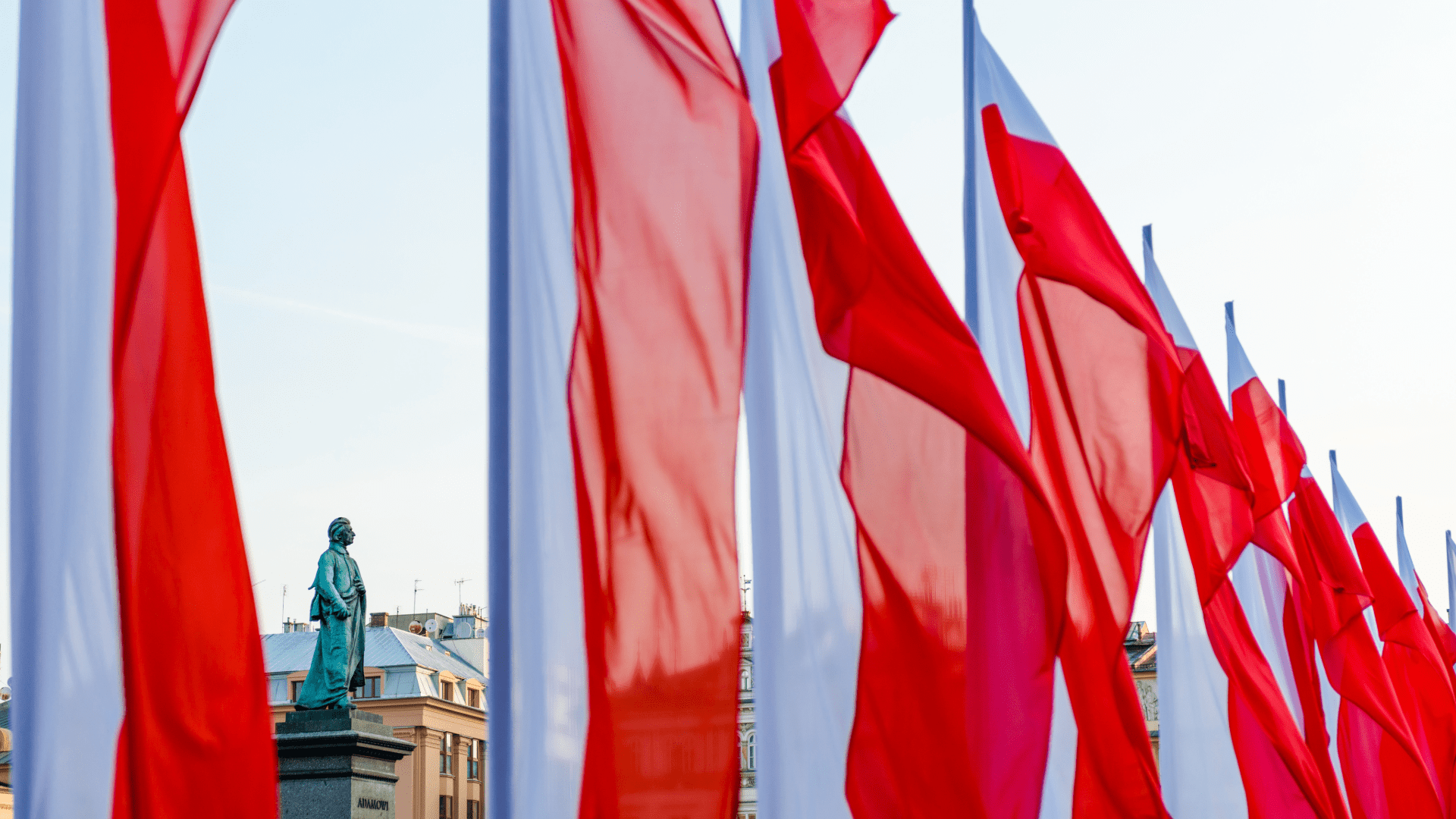
Connect Past to Present
Independence Day in Krakow celebrates national unity, honoring a hard-won past while looking forward to Poland's dynamic, innovative future. Since 1989, the country's sustained economic growth reflects this progress. For tourists, the day offers a unique chance to experience Poland's rebirth in a peaceful, cultural setting.
Don't just observe history, connect with its deeper meaning and significance for the Polish people. Let Hello Cracow be your guide to Poland's Day of Destiny and a journey through its proud, living history.

